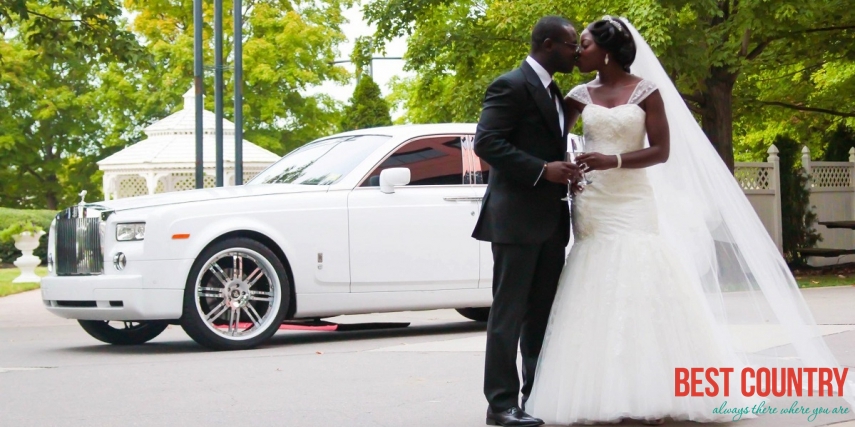Democratic Republic of the Congo
Health in the Democratic Republic of the Congo
Health problems have been a long standing issue limiting development in the Democratic Republic of the Congo (DR Congo).
Wedding traditions of the Democratic Republic of the Congo
The Woyo (Bahoyo, Bawoyo, Ngoyo) people live in Democratic Republic of Congo (Zaire) and in the Angolan Cabinda province. When the woman gets married her mother gives her a set of pot lids. These lids are carved with illustrations which represent proverbs describing relations in the marriage.
Geography of the Democratic Republic of the Congo
The Democratic Republic of the Congo (DRC) is located in central sub-Saharan Africa, bounded by (clockwise from the southwest) Angola, the South Atlantic Ocean, the Republic of Congo, the Central African Republic, South Sudan, Uganda, Rwanda, Burundi, Tanzania across Lake Tanganyika, and Zambia. The country lies between latitudes 6°N and 14°S, and longitudes 12° and 32°E. It straddles the Equator, with one-third to the North and two-thirds to the South.
